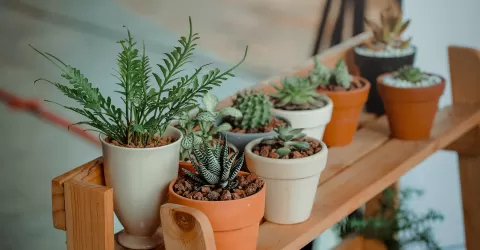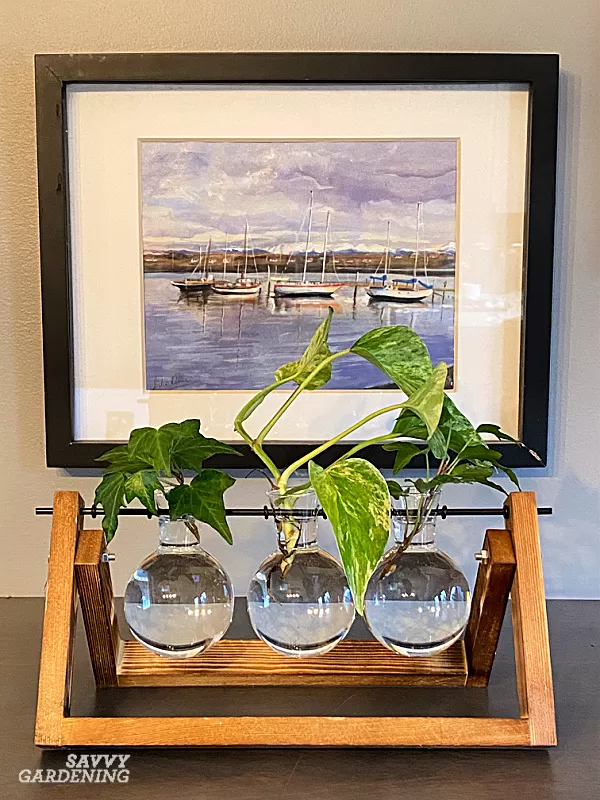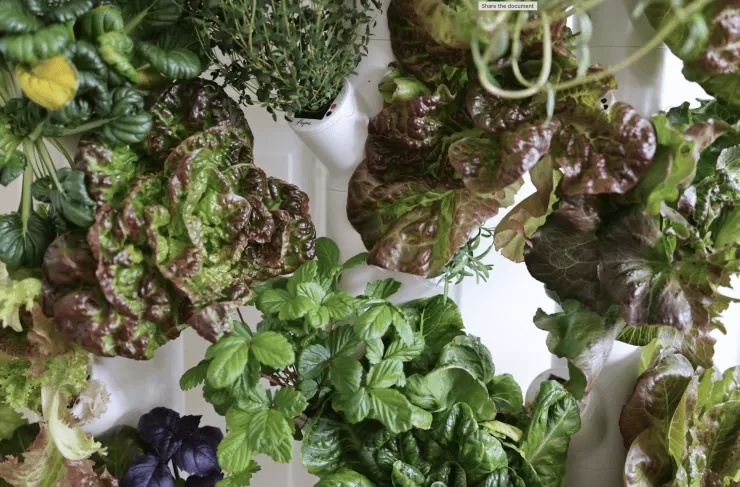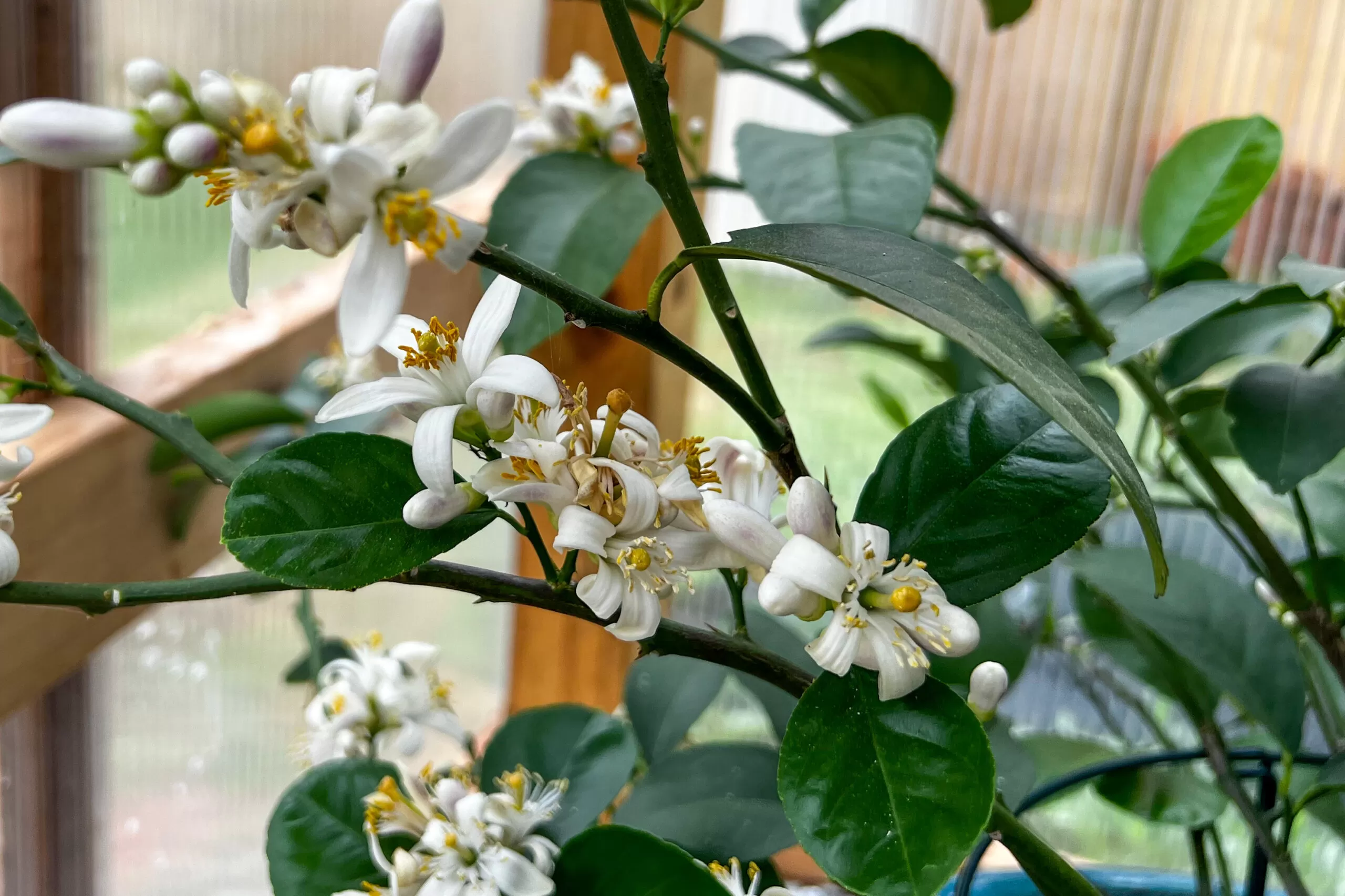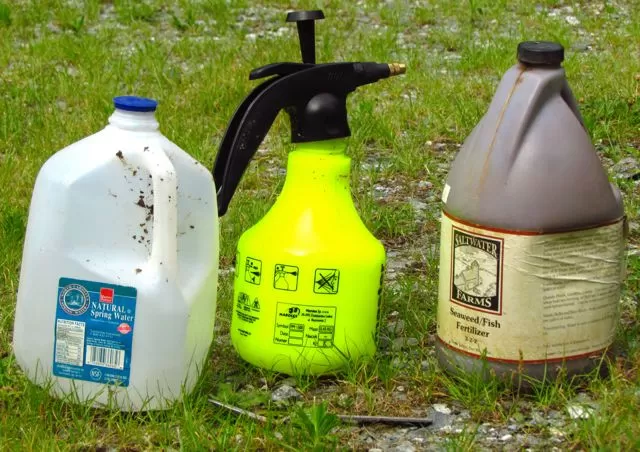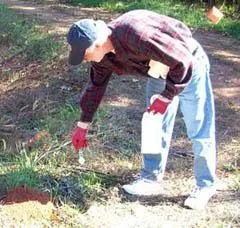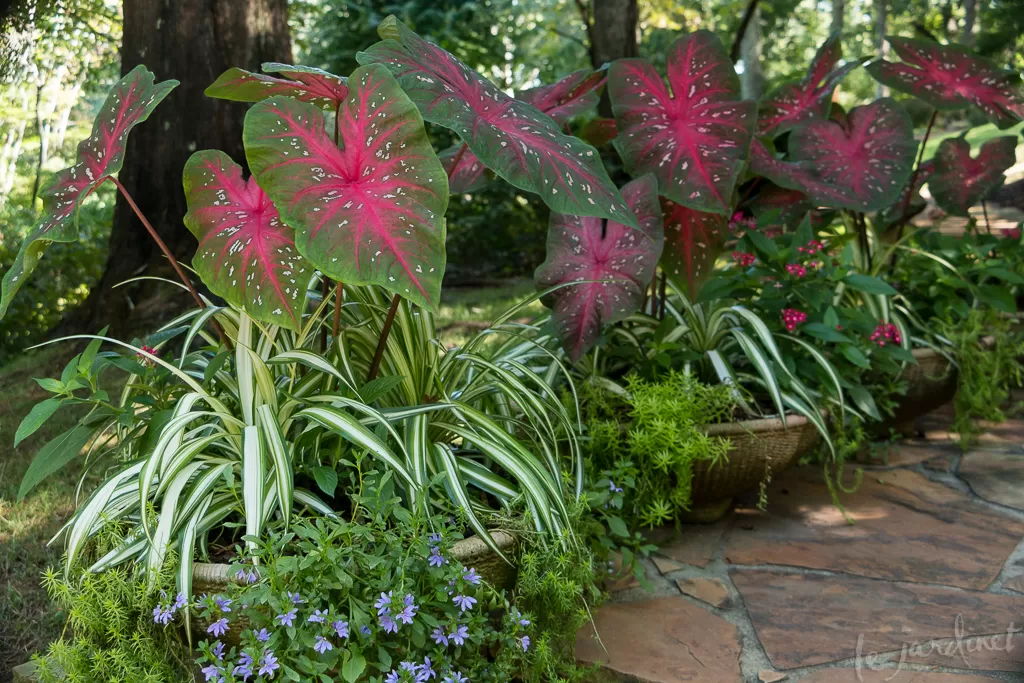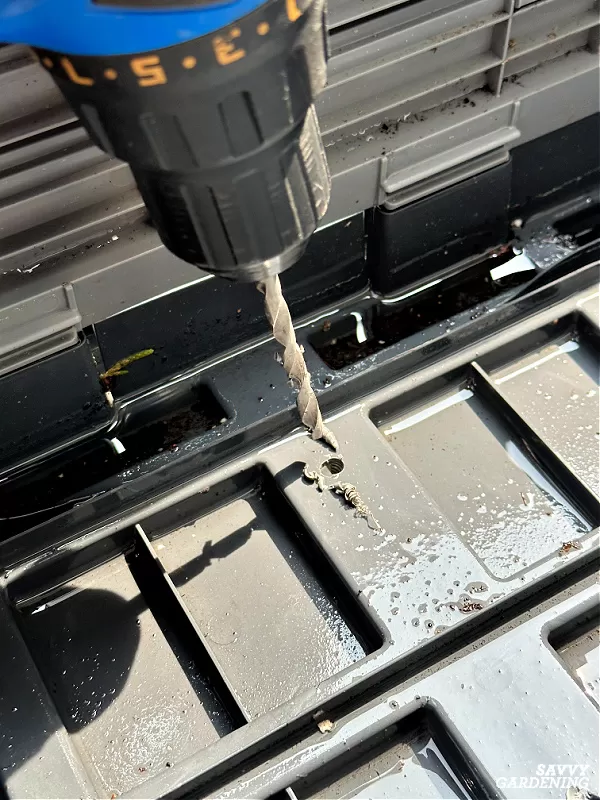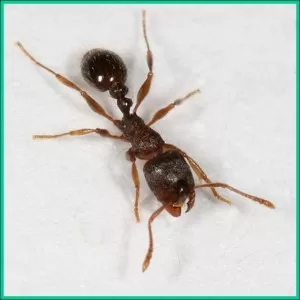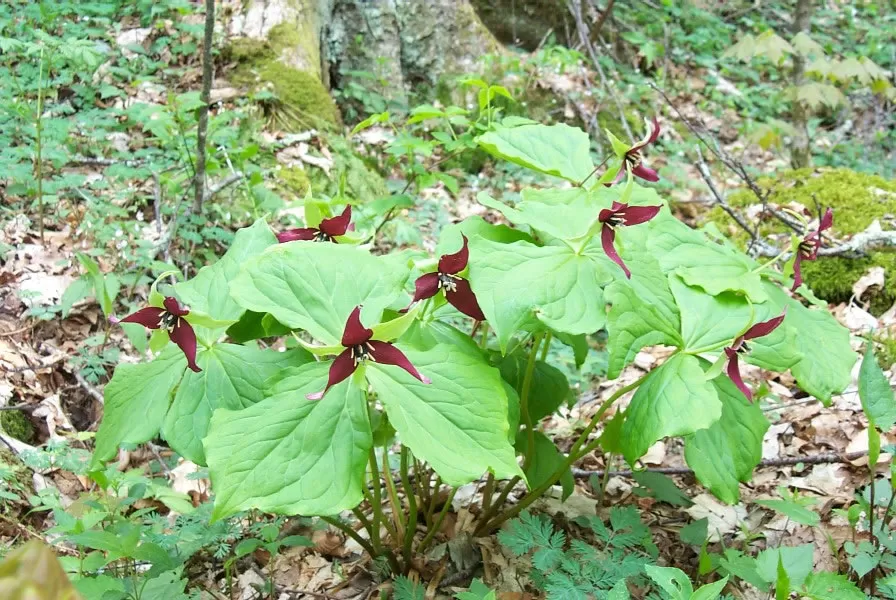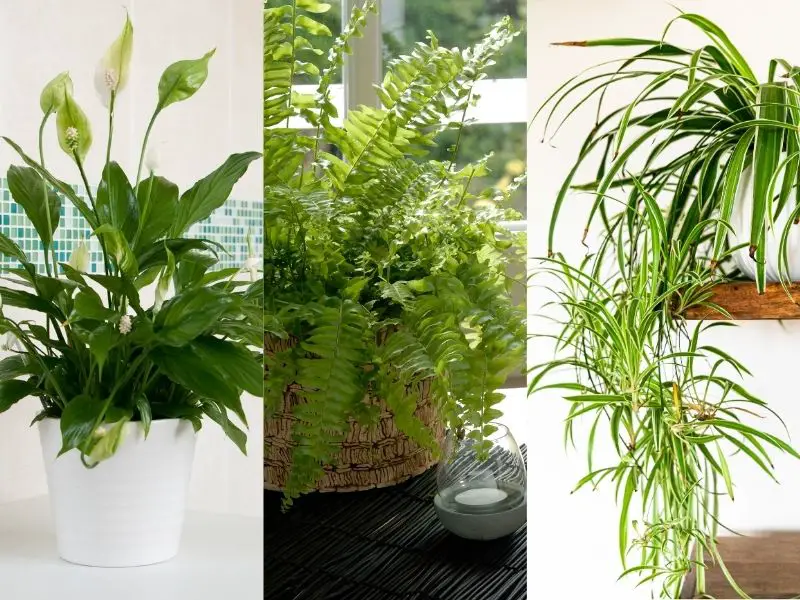Becoming a houseplant parent is incredibly rewarding, filled with moments of watching new leaves unfurl and seeing your green companions thrive. But let’s be honest, it also comes with challenges, and one of the most common ones is dealing with unwelcome houseplant pests. Discovering tiny invaders can be disheartening, and the thought of spraying chemicals inside your home, especially with pets or children around, is even less appealing. The good news? You don’t have to resort to harsh poisons to keep your leafy friends pest-free. Many safe, natural, and surprisingly effective solutions can be whipped up right in your own kitchen!
- Homemade remedies offer a safe alternative to chemical pesticides for indoor plants.
- Common household items like soap, oil, and spices can effectively deter and eliminate pests.
- Simple recipes and application techniques make DIY pest control accessible for everyone.
- Natural solutions help protect your plants, pets, and family from harmful chemicals.
- Preventing infestations is key, but having DIY options ready provides peace of mind.
Join us as we explore the world of DIY pesticide for houseplants, uncovering simple, natural methods that empower you to tackle those pesky problems with confidence and care.
Contents
- Essential Tips Before Using Any Homemade Pesticide
- 8 Effective DIY Pesticides Using Everyday Items
- 1. Dish Soap or Castile Soap Spray
- Basic Soap Spray Recipe:
- 2. Cinnamon Powder
- 3. Vegetable Oil Spray (Horticultural Oil)
- Vegetable Oil Spray Recipe:
- 4. Diatomaceous Earth (DE)
- 5. Chilli and Garlic Spray
- Chilli and Garlic Spray Ingredients:
- Preparation Steps:
- 6. Leaf-Based Pest Treatments
- Khakibos
- Blackjack Plants
- Tomato Leaves
- How to Use Leaf-Based Sprays:
- 7. Essential Oils
- How to Use Essential Oils as a Pesticide:
- 8. Hydrogen Peroxide
- How to Use Hydrogen Peroxide:
- Wrapping Up Your DIY Pest Control Journey
Essential Tips Before Using Any Homemade Pesticide
Before you grab your spray bottle and start treating your plants, a few basic precautions will ensure your DIY efforts are safe and effective, minimizing stress on your beloved houseplants.
- Hydration is Key: Always ensure your plants are well-watered before applying any treatment. Stressed plants are more susceptible to damage from sprays. Avoid treating plants that are already struggling with issues like overwatering or burnt leaves.
- Prune Infested Leaves: If certain leaves are heavily infested, it’s often best to carefully remove them and discard them in the bin. Avoid composting infested plant material, as this can unfortunately spread pests.
- Avoid Direct Sunlight: Apply homemade pesticides out of direct sunlight. Sunlight combined with moisture or oil on leaves can lead to scorching. Early morning or late evening applications are ideal.
- Protect Your Household: Even natural solutions like soap or oils should be kept away from pets and children during application to avoid any accidental ingestion or irritation.
- Patch Test First: This is crucial! Before treating the entire plant, test your DIY solution on a small area, perhaps a few leaves. Wait 24-48 hours and check for any adverse reactions like browning, spotting, or leaf damage. If you notice damage, dilute your solution further and test again.
8 Effective DIY Pesticides Using Everyday Items
You’d be surprised how many common items already in your home can become potent, non-toxic weapons against houseplant pests. Let’s dive into some of our favorites!
 Selection of household ingredients for DIY natural pesticides
Selection of household ingredients for DIY natural pesticides
1. Dish Soap or Castile Soap Spray
Dish soap isn’t just for sparkling dishes; it’s a fantastic first line of defense against common sap-sucking pests like spider mites, mealybugs, and aphids. The soap disrupts the outer layer of these soft-bodied insects, effectively suffocating them. It can also make the plant foliage taste unpleasant, deterring future munching.
It’s important to use a mild soap and get the dilution right, as too much soap can potentially harm plant leaves over time. However, occasional use for pest control is generally safe and highly effective.
Basic Soap Spray Recipe:
- Choose a mild, bleach-free dish soap or natural liquid Castile soap.
- Mix 1 teaspoon of soap per 1 liter of water in a spray bottle.
- Shake well and lightly mist your infested plant, ensuring you cover the tops and bottoms of the leaves thoroughly.
- Repeat application every 4-7 days as needed, always checking the plant for any signs of leaf damage before reapplying.
 DIY dish soap spray for natural houseplant pest control
DIY dish soap spray for natural houseplant pest control
2. Cinnamon Powder
More than just a delicious addition to baked goods, cinnamon is a secret weapon against those annoying fungus gnats whose larvae love to hang out in moist potting soil. Fungus gnat larvae feed on fungus and organic matter in the soil, potentially damaging roots and depriving your plants of nutrients.
Cinnamon possesses natural antibacterial and antifungal properties. Applying a layer of cinnamon powder to the topsoil can help inhibit the fungal growth that fungus gnats feed on, making the environment less appealing to them. It also acts as a desiccant, helping to dry out the very top layer of soil which fungus gnats prefer to be moist for laying eggs.
Simply sprinkle a fine layer of ground cinnamon over the surface of the potting soil after watering. This can help prevent fungus gnats and even deter mushroom growth.
 Sprinkling cinnamon powder on potting soil to deter fungus gnats
Sprinkling cinnamon powder on potting soil to deter fungus gnats
3. Vegetable Oil Spray (Horticultural Oil)
Oils have been used for centuries in pest control, and many commercial insecticidal sprays are oil-based. Oils are incredibly effective against a wide range of soft-bodied, sap-sucking pests like aphids, scale, thrips, mealybugs, and spider mites.
How do they work? Primarily, oils suffocate insects by blocking the tiny holes (spiracles) they use to breathe. They can also interfere with an insect’s metabolism or even prevent the transmission of certain plant viruses by pests like aphids. While various oils can work, canola oil is often cited as highly effective, and common soybean oil found in kitchens is also useful.
Making your own horticultural oil spray, often called “White Oil,” is surprisingly simple.
Vegetable Oil Spray Recipe:
- A glass jar with a tight lid.
- 2 Tablespoons of mild, bleach-free dish soap.
- ½ Cup of vegetable oil (canola or soybean oil works well).
Combine the dish soap and vegetable oil in the jar. Secure the lid tightly and shake vigorously until the mixture turns a uniform, cloudy white or creamy consistency. A stick blender can speed this up. Let it sit overnight to ensure it emulsifies properly. If it separates, shake again. If it still doesn’t combine, add a tiny bit more dish soap and re-shake.
This concentrated mixture is now ready to be diluted for use. Use 2 tablespoons of the concentrate per 1 liter of water. Add it to a spray bottle and shake well before each application. Thoroughly spray your infested plant, covering all leaf surfaces.
 Mixing dish soap and vegetable oil for a homemade horticultural oil spray
Mixing dish soap and vegetable oil for a homemade horticultural oil spray
4. Diatomaceous Earth (DE)
While not a pantry staple for everyone, Diatomaceous Earth (DE) is a natural powder that’s fantastic for mechanical pest control, especially if you have pets as it’s sometimes used for flea control. Food-grade DE is made from the fossilized remains of tiny aquatic organisms called diatoms. Under a microscope, the powder consists of millions of microscopic, razor-sharp fragments.
When soft-bodied insects like aphids, mealybugs, fungus gnats, ants, thrips, and spider mites come into contact with DE, these sharp fragments pierce their exoskeletons. This causes the pests to dehydrate and die.
Using DE is straightforward. Gently sprinkle the fine powder over the topsoil and onto the leaves of your infected plant, including the undersides. Your plants might look a bit dusty, but it’s a small price to pay for natural pest control.
Pro Tip: Diatomaceous Earth is a very fine powder and can become airborne easily. While food-grade DE is non-toxic, inhaling the dust can irritate your throat and nasal passages. It’s wise to wear a mask when applying it and ensure pets and children are not in the immediate vicinity during application.
 Applying Diatomaceous Earth powder to houseplant soil and leaves
Applying Diatomaceous Earth powder to houseplant soil and leaves
5. Chilli and Garlic Spray
A classic homemade remedy, the chilli and garlic spray is a potent repellent and insecticide that many experienced gardeners swear by. It’s effective against a wide range of common houseplant pests, particularly leaf-suckers.
The strong, pungent smell of garlic is a deterrent that many pests find offensive. Adding chilli boosts its effectiveness thanks to capsaicinoids, the compounds that give peppers their heat. Chilli plants evolved capsaicinoids partly as a defense mechanism against pests and fungi. So, when you make this spray, you’re harnessing a natural defense mechanism developed by plants themselves!
Here’s a popular recipe:
Chilli and Garlic Spray Ingredients:
- 1 whole garlic bulb (peeled and roughly chopped) or 2 tablespoons garlic powder.
- 3 hot red chilli peppers (fresh) or 1 teaspoon chilli flakes or powder (like cayenne).
- 1 liter of water.
Preparation Steps:
- Combine all ingredients in a blender and process until smooth.
- Allow the mixture to steep for at least 24 hours to let the ingredients infuse into the water.
- Strain the liquid very well to remove all solid bits. This is crucial to prevent clogging your spray bottle.
- Dilute the strained liquid using a ratio of 3 tablespoons of the concentrate per 500ml of water.
- Pour into a spray bottle and shake well before use. Spray the tops and bottoms of your plant’s leaves thoroughly. Repeat weekly until the infestation subsides.
Safety Note: Capsaicin can be irritating. Wear gloves when preparing and applying this spray. Avoid getting the mist in your eyes or on your skin.
 Homemade chili and garlic spray in a spray bottle next to ingredients
Homemade chili and garlic spray in a spray bottle next to ingredients
6. Leaf-Based Pest Treatments
Nature provides many plants with their own natural pest-repelling or insecticidal compounds. You can harness these properties using leaves from certain plants often found growing nearby or cultivated.
Khakibos
(Tagetes minuta) – While considered a naturalized plant or even a weed in some regions like South Africa where it’s known as Khakibos, this relative of marigolds contains compounds with insecticidal properties. Originally from the Americas, it’s a hardy plant often found in disturbed areas.
Blackjack Plants
(Bidens pilosa) – Native to South America but common in tropical and subtropical regions globally, Blackjack is sometimes seen as a weed due to its rapid growth. However, this plant has historical uses, including containing properties that repel certain pests. Repurposing weeded Blackjacks is a great sustainable pest control option.
 Blackjack (Bidens pilosa) plant with leaves
Blackjack (Bidens pilosa) plant with leaves
Tomato Leaves
Tomato plants belong to the nightshade family and contain an alkaloid called tomatine, which is effective at deterring aphids and many other common plant pests.
These plants contain natural compounds that are toxic or repellent to insects. You can create a simple spray using their leaves:
How to Use Leaf-Based Sprays:
- Gather a handful of fresh leaves from your chosen plant (or combine them).
- Roughly chop the leaves and place them in a container.
- Pour 1 liter of boiling water over the chopped leaves to steep.
- Let it steep for 24 hours.
- Strain the liquid thoroughly to remove all plant matter.
- Add the strained liquid to a spray bottle and spray your affected plants generously, covering all surfaces.
7. Essential Oils
Certain essential oils are basically concentrated forms of a plant’s natural repellent compounds. When extracted, these oils retain their ability to deter or harm insects. Using pure, natural essential oils can add a pleasant aroma while also fighting pests.
You can incorporate essential oils into a simple soap and water solution for easy application.
How to Use Essential Oils as a Pesticide:
Add a few drops of your chosen essential oil to the basic soap spray recipe (1 tsp soap per 1 liter water). Shake well before spraying.
Here are some excellent essential oil choices for pest control:
- Peppermint Oil: Its strong scent irritates many pests, especially spider mites.
- Thyme Oil: Known for deterring pests and potentially helping with fungal issues.
- Cedarwood Oil: Repels most insects and is particularly noted as a molluscicide, potentially affecting snails and slugs if they are a concern (though less common on indoor plants).
- Lavender Oil: Has antibacterial and antifungal properties and acts as a general repellent. A few drops can be mixed with water and sprayed, offering a calming scent bonus.
- Tea Tree Oil: A powerful antiseptic effective against fungal infections and a deterrent due to its strong smell. Use cautiously and diluted (a few drops per liter) as too much can cause leaf burn.
Using essential oils lets you protect your plants while potentially adding a relaxing aroma to your home.
 Essential oils, soap, and spray bottle for DIY pest control
Essential oils, soap, and spray bottle for DIY pest control
8. Hydrogen Peroxide
Hydrogen peroxide is a common item found in most medicine cabinets, often used for cleaning cuts. This simple compound (H₂O₂) is essentially water with an extra oxygen molecule, which gives it unique properties useful in the garden.
When hydrogen peroxide comes into contact with organic matter, it releases that extra oxygen molecule, causing a fizzing reaction. This makes it effective at killing bacteria, fungi, and pests on contact. It’s also fantastic for soil health. As a soil drench, it helps kill anaerobic bacteria that cause root rot and aerates the soil, providing roots with more oxygen.
Use a 3% (10 volume) solution of hydrogen peroxide, which is the weakest and generally safest concentration available in stores for plant use.
How to Use Hydrogen Peroxide:
- Mix 5ml of 3% hydrogen peroxide per cup of water.
- Place the solution in a spray bottle and mist the foliage of your infested plant. You might see some slight fizzing where it contacts organic matter, indicating it’s working.
- As a soil drench, simply water your plant with this solution, allowing excess to drain away. This helps combat soil-borne pests and root issues.
Wrapping Up Your DIY Pest Control Journey
Armed with these simple DIY solutions, you’re well-equipped to tackle many common houseplant pest issues using items you likely already have. Homemade pesticides offer a fantastic, affordable, and less toxic way to keep your indoor jungle healthy and thriving.
Remember that consistency is key; natural remedies often require repeated applications to break pest life cycles. Always quarantine any new or infested plant immediately to prevent pests from spreading to your entire collection. For severe infestations, while these DIY methods are effective for minor to moderate issues, a targeted biological control or insecticidal soap specifically formulated for plants might be necessary.
Ultimately, mastering the art of DIY pesticide for houseplants gives you confidence and control, ensuring your green companions stay vibrant and pest-free the natural way.
Have you tried any of these homemade remedies? Or do you have your own secret DIY pest control tips to share? Let us know in the comments below! Don’t forget to share this article with your fellow plant enthusiasts, and explore more tips for keeping your houseplants happy and healthy on Thelittle.garden!




